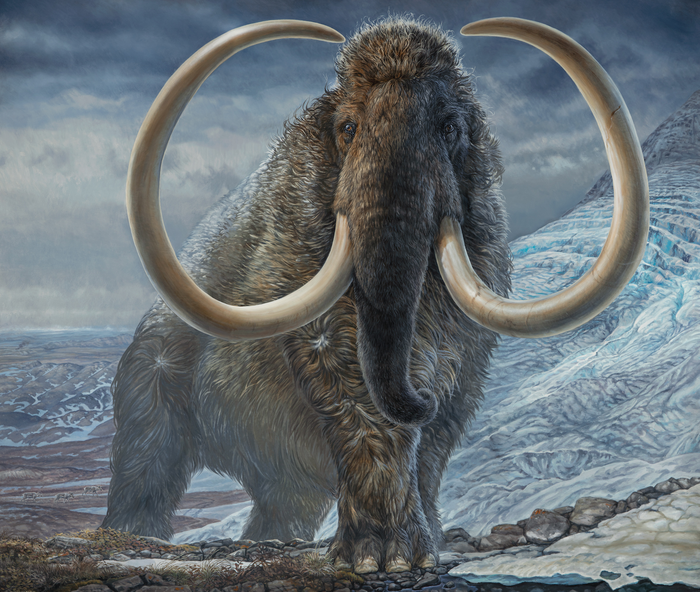Reconstructed the journey of a woolly mammoth that 17,000 years ago crossed Alaska far and wide covering, in its 28 years of life, a journey equivalent to almost twice the world tour.
The route of the prehistoric giant was reconstructed in the journal Science by researchers at the University of Alaska, comparing the traces of the chemical elements contained in the fangs with those of the rocks.
This is the first evidence that this animal was able to travel vast distances. "It is unclear if he was a seasonal migrant, but he certainly was able to walk a great deal. He visited many parts of Alaska during his life," comments Matthew Wooller, co-author of the study. The researchers divided the tusk lengthwise and through the laser and detailed isotope analysis they saw that for every day lived, new layers were added to the tusks.
"Their fangs have been like a diary, from the day they were born to the day they died," adds Pat Druckenmiller, another of the researchers. Then, by analyzing elements such as oxygen and strontium, present in the mammoth tusks and in the teeth of hundreds of small rodents scattered in Alaska preserved in the university museum, and considering the average weekly distance traveled and geographical barriers, the scholars reconstructed the map. of the movements of the mammoth in its life.
The DNA preserved in his remains made it possible to clarify that it was a male, connected to the last group of his species lived in Alaska, and that at 15 years of age he was probably sent out of his pack, a bit like what happens. today among male elephants. The nitrogen isotopes have allowed us to gather some clues about the causes of his death, which probably occurred from starvation. "The Arctic is undergoing many changes today and we can use the past to see how the future will affect current animal species - concludes Woller - and understand how our planet will react to environmental change".

